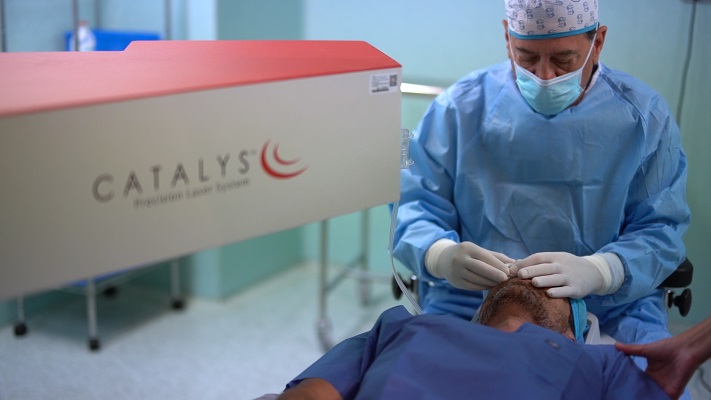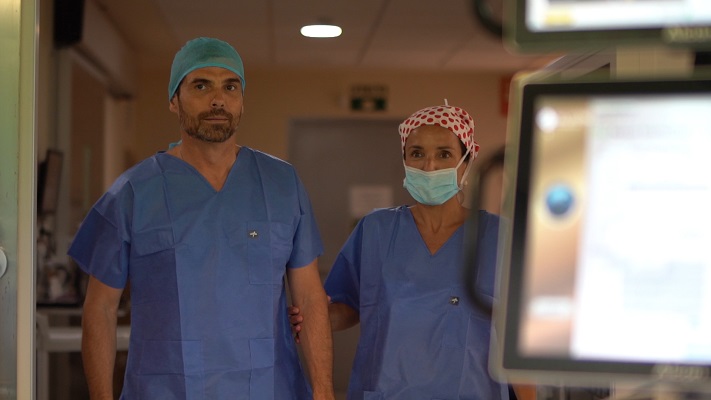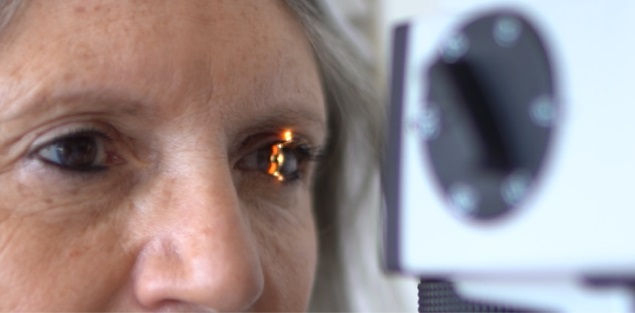Presbyopia / Laser Presbyopia Surgery
What does laser presbyopia surgery involve?
Over recent years, major advancements have been made in presbyopia surgery.
Laser presbyopia surgery can now be performed using a femtosecond laser platform, the greatest advancement in crystalline lens surgery. This type of surgery is safer and more precise than the traditional manual surgery performed using ultrasound.
In 2012, Oftalvist was the first company in Spain to equip all its centres with femtosecond laser technology which it uses to achieve perfect results through a personalised service.

Femtosecond laser technology has revolutionised presbyopia surgery as it helps ophthalmology surgeons to perfectly centre intraocular lens implants, enabling them to provide better quality vision for the patient.
Why treat presbyopia with laser surgery?
As opposed to traditional surgery performed using phacoemulsification, the femtosecond laser platform offers the following main advantages, making it a very safe option with fantastic results for our patients:
→ Non-invasive, painless and personalised surgical technique.
→ Less inflammation and eye trauma.
→ Lower risk of complications.
→ Better astigmatism management, where applicable.
→ Better precision with capsulorhexis (circular opening in the crystalline lens capsule) and centration of intraocular lenses.
→ Fast healing, meaning earlier recovery.
→ Fast surgical procedure, so more comfortable for patients. It takes approximately 3 minutes per eye.

What does laser presbyopia surgery involve?
1. We perform the capsulorhexis
We make a circular opening in the lens capsule. The femtosecond laser platform enables us to do this with more precision than we could with the traditional manual method.
2. We break up the crystalline lens
We soften the eye’s natural lens by breaking up the nucleus, which can be done in various ways, according to the surgeon’s preference. This will make it easier to then remove the lens or the cataract.
3. We remove the cataract or lens with suction
The surgeon will do this with ultrasound during the second stage of the surgery. Breaking up the cataract with a laser uses less energy, which means less trauma to the eye and faster healing.
4. We implant the intraocular lens
Performing the previous stages with a laser enables us to better centre the intraocular lens.
We achieve even greater precision at the Oftalvist centres as, in addition to the femtosecond laser technology, we also use intraoperative aberrometry to measure the eye in real time. This is a, guiding system (ORA), that helps us to better calculate the centration and power of the lens, so we can achieve better results.




